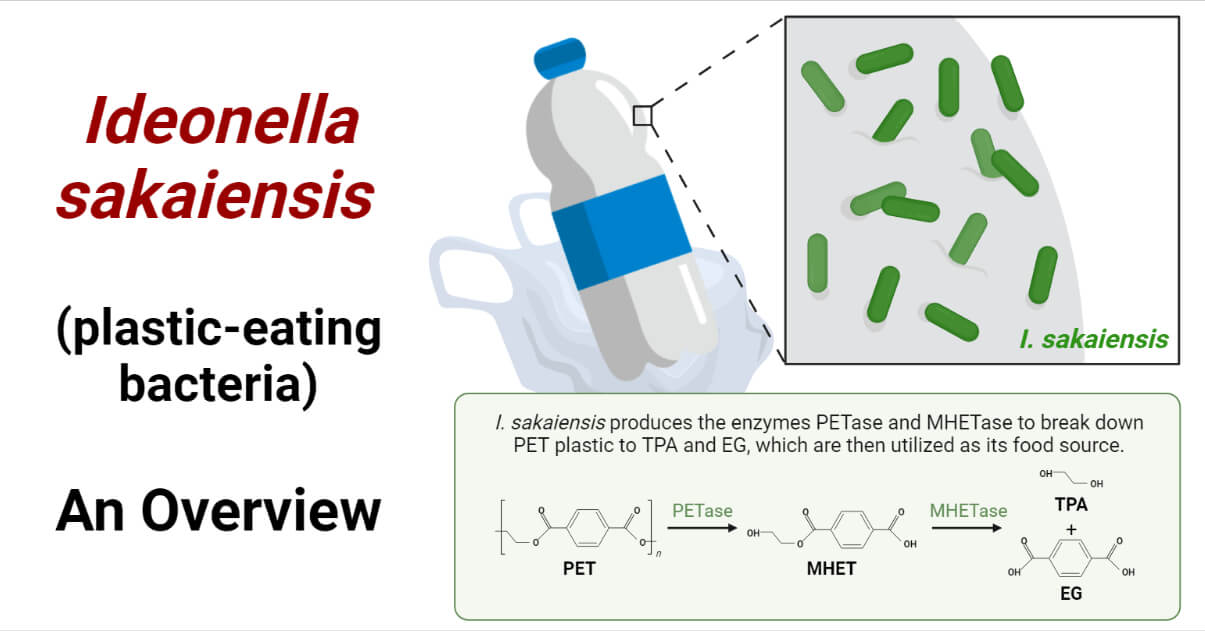Plastic eating microorganisms
Plastic-eating microorganisms
Plastic-eating microorganisms are a promising area of research aimed at addressing the global plastic pollution crisis.
Types of Microorganisms:
- Bacteria: Certain species, such as Ideonella sakaiensis, can break down PET (polyethylene terephthalate), a common plastic used in bottles.
- Fungi: Some fungi, like Aspergillus and Penicillium, have also shown the ability to degrade plastics.
- Enzymes: Researchers are exploring enzymes produced by these microorganisms that can efficiently break down plastic polymers.
Mechanism:
- These microorganisms secrete enzymes that can hydrolyze plastic polymers into smaller, more manageable compounds. These compounds can then be utilized as a carbon source for growth.
Research and Applications:
- Scientists are studying and genetically engineering these microorganisms to enhance their plastic-degrading capabilities. This research could lead to bioremediation strategies for cleaning up plastic waste in landfills and oceans.
Environmental Impact:
- Utilizing plastic-eating microorganisms could help reduce the environmental burden of plastic waste and potentially create a more sustainable cycle for plastic materials.
Challenges:
- The rate of plastic degradation by these microorganisms is often slow, and optimizing conditions for their activity in real-world environments is complex.
Future Directions
Ongoing research is essential to harness the potential of these microorganisms effectively, including scaling up processes for industrial applications and ensuring they can thrive in diverse environments. This approach could be a key component in tackling plastic pollution in the future.

Comments
Post a Comment